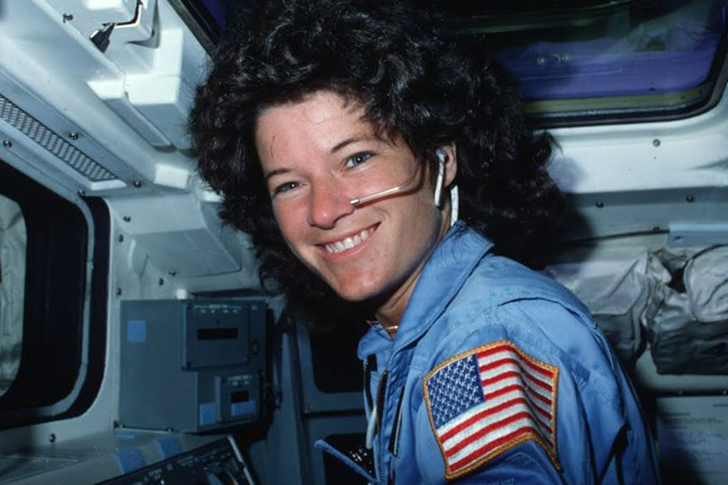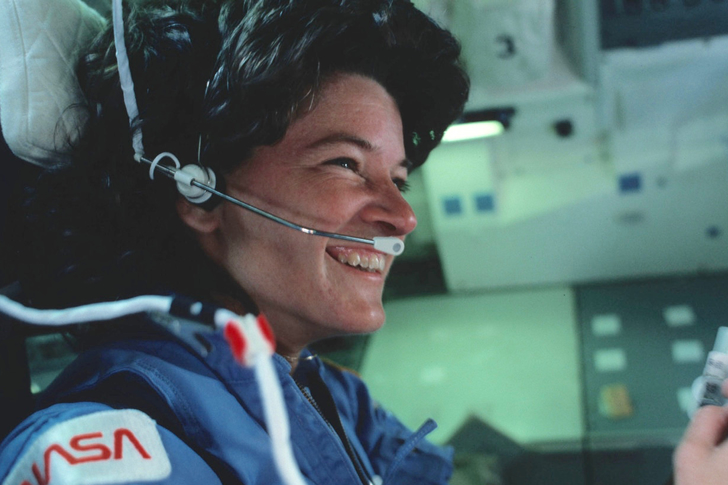Sally Rides to Space: The Life of Sally Ride
When we talk about a race, we usually remember the first and perhaps the last, but usually not the second. When Valentina Tereshkova became the first woman in space on June 16, 1963, it was not until two decades and two days later that another woman made the attempt to reach space. After a great degree of training, Sally Ride flew to become the first American, and the world’s second woman in space on June 18, 1983. She joined four male crew members on the Space Shuttle Challenger for their STS-7 mission. They were tasked with deploying two communication satellites, including Anik 2. Ride, along with five other women were selected in 1978 as part of NASA Astronaut Group 8. This was the first selection that included women.
Sally Ride’s Early Life

She was born on May 26, 1951, in Encino, California, where she also grew up. Ride grew up showing an aptitude for science and math as well as physical activities. She even became one of the top-ranked players of tennis in the United States. Ride thought that she could capitalize on her tennis skills and become a professional. After heavy practice, however, she realized it was not the life she wanted. She proceeded to enroll at Stanford University in California and obtained a bachelor’s degree in Physics and English. She also earned a master’s and Ph.D. in Physics, with her research focused on astrophysics.
Road to Being an Astronaut

Though being an astronaut was not initially in her plans, Sally had made investments in time, money, and effort when she worked on her research in astrophysics and this got her interested in the field. As a result, she responded to an ad put up by NASA looking for astronauts in 1977. Only 25 were hired, and Ride was one of them. Her first duties, however, were not to be sent into space right away, but rather to serve as a capsule communicator, becoming an expert in the use of robotic arms in space shuttles. After completing the training, she became qualified for both ground and flight missions, and she was subsequently assigned to STS-7.
The Journey to Space

Her crewmates for the mission were Commander Robert L. Crippen, Pilot Frederick H. “Rick” Hauck, and Mission Specialist John M. Fabian. NASA included physician-astronaut Norman E. Thagard to conduct in-flight studies related to motion sickness. With this addition, the mission was given credit as having the largest crew in a single spacecraft that had ever gone to space.
Ride’s Role
Being an expert in the use of the Shuttle’s robotic arms, Ride was the one who deployed the first Shuttle Pallet Satellite (SPAS-01), a satellite bus that carried payload and meant to be retrieved a few days or weeks later and brought back to the space shuttle. Ride’s role was critical as it was also the first time a spacecraft was returned to Earth. The SPAS-01 took images of the Challenger as they flew in formation. When they successfully returned to Earth on June 24, 1983, after completing their six-day mission, it can be said that NASA made recoveries on their investments for the mission.
Women in Space
While we may not be able to credit Sally Ride for being the first woman in space as that distinction goes to Valentina Tereshkova, we can praise her for being an expert that remained indispensable in the space program. Both of them made their mark in history, and it would have been a great event if these two ever met. There was no such meeting, however. Ride went on to become the director of the Office of Exploration at NASA, and when she left the space agency, the former astronaut worked at Stanford University and founded her own company, Sally Ride Science.
